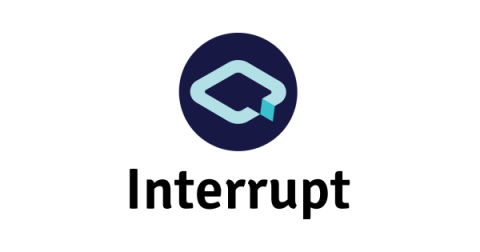Embedded World North America 2024 Recap
Last week, a handful of Memfolks had the opportunity to travel to Austin to attend the first ever Embedded World North America1! Embedded World NA welcomed 3,500 visitors and 180 vendors across 3 days2. While it was surely a smaller showing than Nueremburg’s Embedded World, we still wanted to quickly touch on our takeaways from the event. In this post, we will cover what we learned from the first Embedded World North America.











